International
Colombia prepares to extradite drug lord ‘Otoniel’ to US
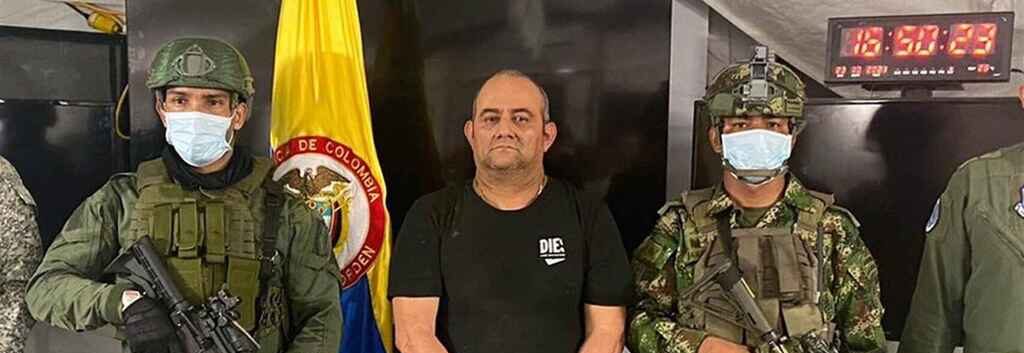
AFP
Colombia’s government announced Sunday it is working towards extraditing the country’s most-wanted drug trafficker “Otoniel” to the United States, a day after he was captured in a major operation in the jungle.
“There is an extradition order against Otoniel, and this extradition order… remains in progress,” Defense Minister Diego Molano told the daily El Tiempo newspaper in an interview.
“This is the path for all those who commit transnational crimes,” Molano told reporters later, adding that nearly 30 percent of the many tons of cocaine exported from Colombia went through the so-called Gulf Clan, the country’s largest drug trafficking gang, led by Otoniel.
The 50-year-old drug lord, whose real name is Dairo Antonio Usuga, was arrested Saturday in northwest Colombia’s dense jungle in an operation involving some 700 uniformed agents backed by 18 helicopters, according to the army.
The United States had offered a $5 million bounty for information leading to the arrest of Otoniel, one of the most feared men in Colombia.
“This is the hardest strike to drug trafficking in our country this century,” President Ivan Duque said Saturday, adding that the arrest was “only comparable to the fall of Pablo Escobar,” the notorious Colombian narco-trafficking kingpin.
“We are going for more, we are going for victory against all high-value targets,” Duque vowed from a military base in the country’s northwest.
The government accuses other armed groups such as the Popular Liberation Army (EPL), and rebels who walked away from the peace pact signed with the FARC guerillas in 2016, of financing themselves with drug trafficking revenue.
Born to a poor family, Otoniel joined the EPL, a Marxist guerrilla group that demobilized in 1991. A paramilitary fighter, he ultimately headed the Gulf Clan, with a force of some 1,600 men and a presence in almost 300 municipalities nationwide, according to the independent think tank Indepaz.
In Colombia Otoniel had 128 outstanding arrest warrants for drug trafficking and recruitment of minors, among other crimes.
“He murdered more than 200 members of the security forces… Many soldiers have suffered because of this murderer and his friends,” Duque said.
Otoniel also preyed on minors, “intimidating families and extorting them in order to take their daughters’ virginity,” the president added.
In five decades of a US-backed drug war, Colombia has killed or captured several drug lords, including kingpin Escobar, who was shot by security forces in 1993.
But the country remains the world’s leading cocaine producer, with the United States its biggest buyer.
International
Meta Says Russia Seeks to Ban WhatsApp for Defending Secure Communication

U.S. tech giant Meta, the parent company of WhatsApp, said that Russia is seeking to ban the messaging app because it “challenges government attempts to violate people’s right to secure communication.”
Russian authorities have encouraged citizens to switch to state-backed applications, and in August they already blocked WhatsApp’s calling feature.
On Friday, the communications regulator Roskomnadzor claimed that the platform was being used to “organize and carry out terrorist acts in the country, recruit perpetrators, and facilitate fraud and other crimes.”
“If the messaging service does not comply with Russian law, it will be completely blocked,” the regulator warned.
WhatsApp remains one of Russia’s most widely used messaging services, alongside Telegram.
Moscow is pressuring both platforms to grant authorities access to user data upon request for investigations into fraud and activities the government labels as “terrorist.”
Human rights advocates fear the demand could be used to target critics of the Kremlin, President Vladimir Putin, or the war in Ukraine.
International
Archbishop Wenski criticizes Trump’s deportation policies, calls for stronger push for reform
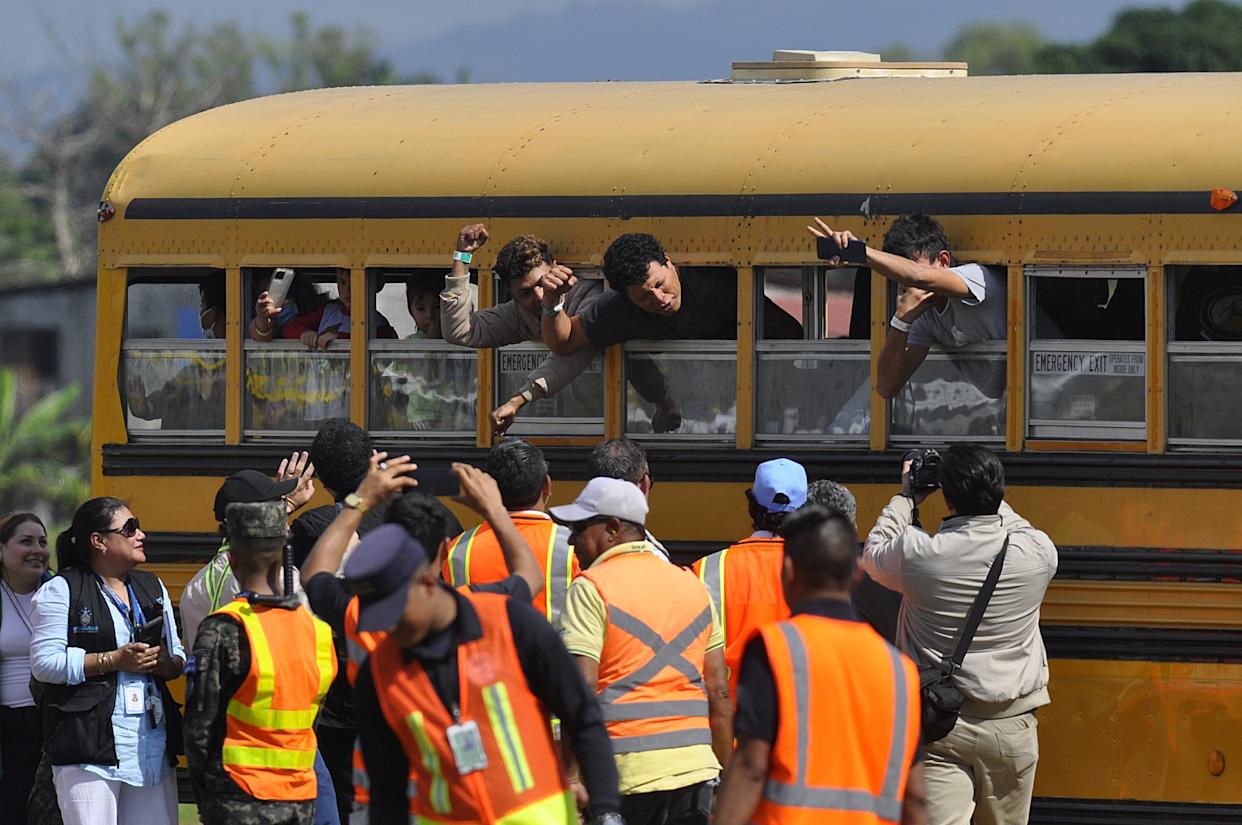
The Archbishop of Miami, Thomas Wenski, has called for increased pressure on the U.S. Congress to advance comprehensive immigration reform and criticized President Donald Trump’s mass deportation policies, arguing that they “do nothing to help.”
“We need to apply more pressure on Congress so lawmakers can make the necessary changes. It is also important for the Administration to listen to our voice. We do not want to be anyone’s enemy—we are Americans,” Wenski said in an interview with EFE.
The religious leader, who heads one of the dioceses with the largest Latino and Haitian populations in the United States, issued a call to defend the rights of migrants. He also emphasized that the U.S. Conference of Catholic Bishops (USCCB) has maintained a strong and public stance in favor of migrants for decades.
International
Trump relaunches diplomatic push to finalize U.S.-Backed peace plan for Ukraine War
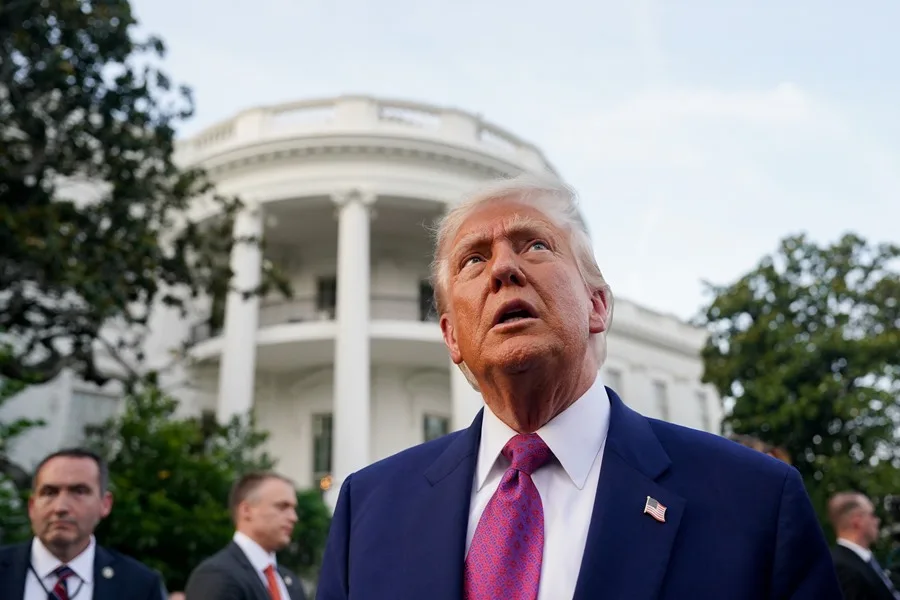
U.S. President Donald Trump announced on Tuesday that his diplomatic team will resume meetings with delegations from Russia and Ukraine in an effort to pressure both sides to accept the peace plan proposed by Washington to end the war in Ukraine.
As part of this new round of talks, U.S. Special Envoy Steve Witkoff will travel to Moscow to meet with Russian President Vladimir Putin. Meanwhile, Army Secretary Dan Driscoll will hold discussions with Ukrainian representatives to narrow differences on the remaining points of the agreement.
Trump also confirmed his intention to meet personally with Ukrainian President Volodymyr Zelensky and with Putin, though he emphasized that such meetings will only take place “when the agreement is fully finalized or in its final stage.”
The president claimed that his administration has made “tremendous progress” toward resolving the conflict and reiterated that the war “never would have started” if he had been in the White House at the onset of the crisis.
The U.S.-backed peace plan consists of 28 points and has been revised following feedback from both sides. According to Trump, only “a few points of disagreement” remain under active discussion.
One of the most controversial aspects of the proposal is the suggestion that Ukraine cede parts of the Donbas region to Russia and limit the size of its armed forces. Kyiv is working closely with Washington to soften these clauses in search of an arrangement that does not compromise its sovereignty or security.
With this diplomatic push, Trump aims to solidify his role as the main mediator in the conflict and steer the war toward a political resolution after years of devastation, humanitarian crisis, and rising global geopolitical tensions.
-
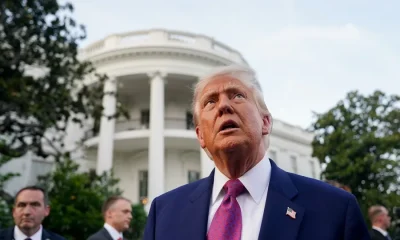
 International5 days ago
International5 days agoTrump relaunches diplomatic push to finalize U.S.-Backed peace plan for Ukraine War
-
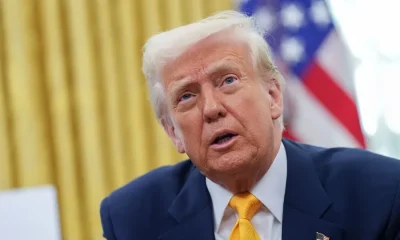
 Central America2 days ago
Central America2 days agoTrump Pardons Former Honduran President Hernández and Warns of Aid Cuts Ahead of Election
-
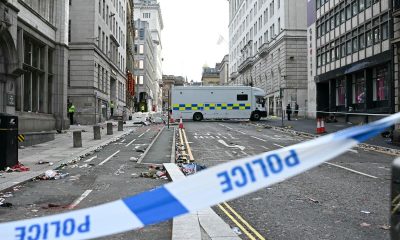
 International5 days ago
International5 days agoMan pleads not guilty in Liverpool parade incident that injured more than 130
-
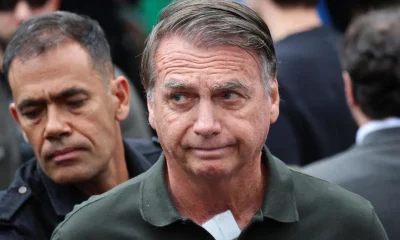
 International5 days ago
International5 days agoBolsonaro misses appeal deadline, faces imminent prison order by Brazil’s Supreme Court
-

 International5 days ago
International5 days agoMacron to announce new voluntary military service amid rising security concerns in Europe
-
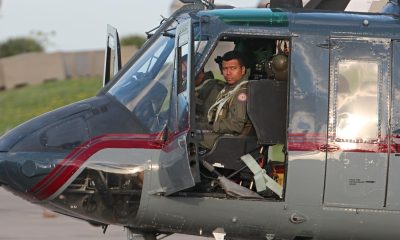
 Central America4 days ago
Central America4 days agoPanama reinforces security with new helicopters and Super Tucano Aircraft purchases
-

 Central America4 days ago
Central America4 days agoTrump urges hondurans to back conservative candidate Nasry Asfura in november elections
-
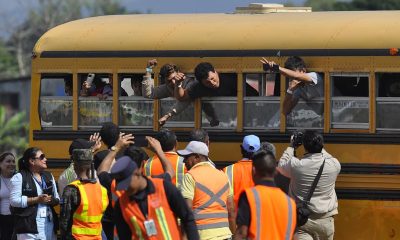
 International4 days ago
International4 days agoArchbishop Wenski criticizes Trump’s deportation policies, calls for stronger push for reform
-
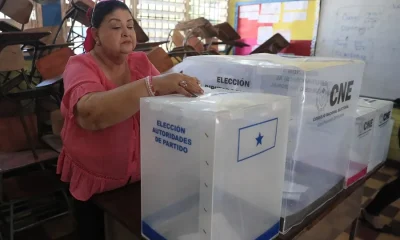
 Central America4 days ago
Central America4 days agoWashington calls for oversight as Honduras faces allegations of electoral interference
-
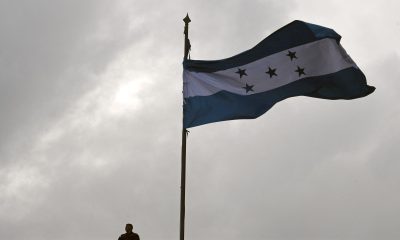
 Central America16 hours ago
Central America16 hours agoHonduras’ China–Taiwan Future Hinges on Sunday’s Presidential Election
-

 International2 days ago
International2 days agoMeta Says Russia Seeks to Ban WhatsApp for Defending Secure Communication






























